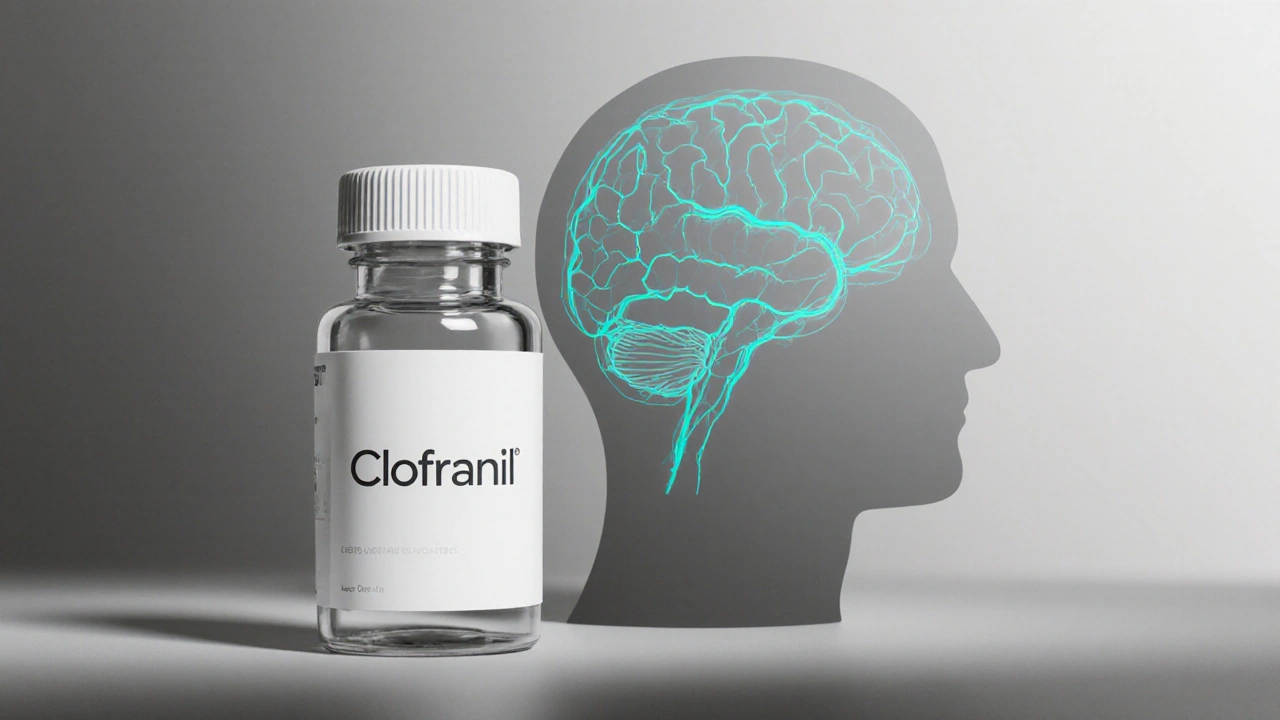Tricyclic Antidepressant Comparison: Which One Works Best for You?
When you hear tricyclic antidepressant, a class of older but still used medications for depression and chronic pain. Also known as TCA, these drugs were among the first to treat depression, and they’re still used today—especially when newer options don’t work. Unlike SSRIs that target just serotonin, tricyclics affect multiple brain chemicals: serotonin, norepinephrine, and sometimes even histamine and acetylcholine. That’s why they can help with more than just low mood—they’re often prescribed for nerve pain, insomnia, and even migraines.
But not all TCAs are the same. amitriptyline, a common tricyclic often used for depression and chronic pain tends to be stronger at blocking histamine, which means it makes you sleepy—great for people who can’t sleep, but a problem if you need to stay alert. On the other hand, nortriptyline, a metabolite of amitriptyline and often better tolerated is less sedating and has fewer dry mouth and dizziness issues, making it a go-to for older adults. Then there’s imipramine, one of the first TCAs ever made, often used for bedwetting in kids and depression in adults. Each one has a slightly different chemical fingerprint, which changes how it hits your body.
What you pick depends on your symptoms, age, other meds you’re taking, and how your body reacts. Some people tolerate amitriptyline fine but can’t handle the dry mouth from imipramine. Others find nortriptyline clears their foggy thinking without the heavy drowsiness. These aren’t just interchangeable pills—they’re tools with different weights and handles. The posts below give you side-by-side comparisons of real-world use, dosing tips, common side effects, and which patients benefit most from each one. You’ll see what doctors actually recommend when SSRIs fail, how TCAs stack up against newer drugs, and what to watch for when switching. No fluff. Just clear, practical info to help you understand what’s really going on with your treatment.
Clofranil (Clomipramine) vs Alternatives: Detailed Comparison Guide
A comprehensive side‑by‑side look at Clofranil (Clomipramine) versus popular antidepressant alternatives, covering efficacy, dosing, side effects, and best‑fit scenarios.
